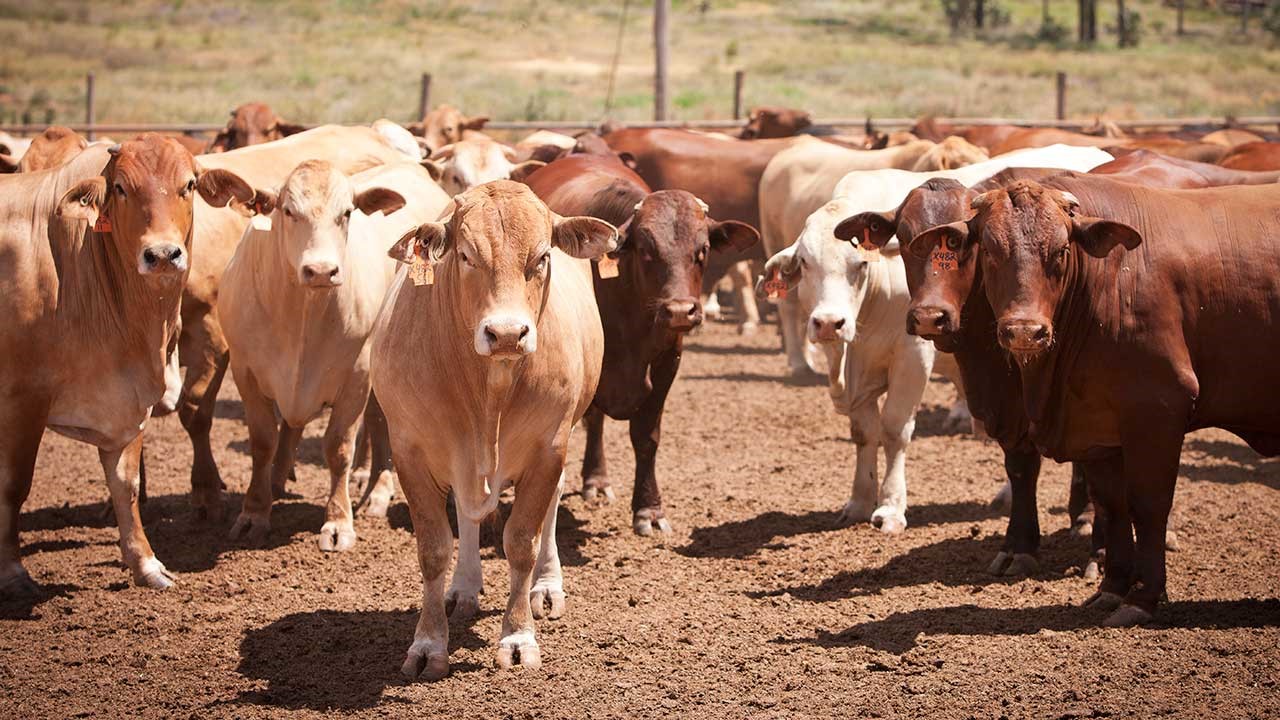Master the Art of Cooking With Grass Fed Meat
In the realm of cooking know-how, grasping the art of cooking with grass-fed meat holds a respected setting. The distinctive high quality of grass-fed meat offers a myriad of advantages that not only boost the taste of recipes but additionally add to a much healthier way of life. From the tender appearance to the robust taste account, grass-fed meat offers a canvas for cooking creativity. As we check out the nuances of this costs meat option, discovering the most effective food preparation methods, taste pairings, and storage space methods, a globe of gastronomic possibilities unravels. Whether you are a seasoned chef or an ambitious home cook, diving into the world of grass-fed meat assures a journey loaded with culinary revelations and delicious experiences.
Benefits of Grass-Fed Meat

When selecting grass-fed meat, customers can take advantage of its greater degrees of omega-3 fats and anti-oxidants contrasted to traditionally elevated meat. Constance Cattle. Omega-3 fats are essential nutrients that support mind health, reduce inflammation, and advertise heart wellness. Grass-fed meat is recognized to have up to 5 times more omega-3 fatty acids than grain-fed meat, making it a much healthier selection for those aiming to raise their consumption of these beneficial fats
Along with omega-3 fats, grass-fed meat is additionally richer in anti-oxidants such as vitamins E and C, along with beta-carotene. Anti-oxidants play a critical duty in shielding cells from damages triggered by totally free radicals, which can contribute to numerous persistent illness and accelerate aging. By selecting grass-fed meat, customers can not just take pleasure in a more nutrient-dense and savory healthy protein resource however also sustain their total health and wellness.
Including grass-fed meat right into your diet regimen can be an easy yet effective means to enhance your dietary intake and reap the advantages of omega-3 fatty acids and antioxidants that are normally plentiful in this kind of meat.
Finest Cooking Approaches
Using suitable food preparation techniques is necessary to maintain the nutrient profile and boost the taste of grass-fed meat. When cooking grass-fed meat, it is important to bear in mind that it is leaner than conventionally elevated meat, making it much more vulnerable to drying out if overcooked. To ensure a juicy and delicious outcome, take into consideration cooking grass-fed meat at slightly reduced temperature levels than you would with grain-fed meat.
Grilling is a popular method for cooking grass-fed meat as it enables excess fat to leak away, protecting against flare-ups that can create charring. Another fantastic cooking technique for grass-fed meat is pan-searing.
Sluggish cooking methods such as braising or stewing are likewise excellent options for tougher cuts of grass-fed meat, as they assist damage down the muscular tissue fibers and tenderize the meat. Whichever cooking method you select, bear in mind to allow grass-fed meat remainder after cooking to enable the juices to redistribute, making sure a moist and tender final meal.
Taste Pairings and Seasonings
To boost the all-natural tastes of grass-fed meat, strategic flavor pairings and seasonings play an important function in raising the general eating experience. Grass-fed meat has an abundant, distinctive preference that can be complemented and enhanced by carefully chosen ingredients. When it comes to flavor pairings, natural herbs like oregano, rosemary, and thyme job exceptionally well with grass-fed beef, lamb, or bison. These herbs include deepness and earthiness to the meat, improving its natural flavors without overpowering them.
Along with herbs, seasonings such as black pepper, garlic, and smoked paprika can better raise the taste account of grass-fed meat meals. These spices give an equilibrium of heat, sweet taste, and smokiness that can improve the overall eating experience. When flavoring grass-fed meat, it is important to use top quality salt, like sea salt or Himalayan salt, to highlight the meat's tastes without adding unneeded chemicals or additives.
Storage Space and Dealing With Tips
Proper storage space and managing practices are necessary for maintaining the top quality and freshness of grass-fed meat. When saving grass-fed meat, it is important to maintain it refrigerated at temperature levels below 40 ° F(4 ° C) to stop microbial development and spoilage. To expand the meat's service life, consider wrapping it firmly in parchment paper or butcher paper prior to putting it in an airtight container or secured plastic bag - Constance Cattle. Avoid keeping grass-fed meat near strong-smelling foods as it can soak up odors quickly.
When managing grass-fed meat, it is necessary to practice great health to stop cross-contamination. Wash your hands completely prior More Bonuses to and after handling the meat, and make sure that all tools and surface areas that enter into contact with the meat are cleaned and sterilized appropriately. Additionally, use separate cutting boards for meat and veggies to stay clear of microbial transfer.

Leading Grass-Fed Meat Recipes
When thinking about the most effective methods to appreciate the quality and quality of grass-fed meat, exploring top-notch recipes can boost your culinary experience. Grass-fed meat's rich taste and leaner account lend themselves well to a range of recipes that highlight the natural goodness of the meat. One leading dish to try is a traditional Grilled Grass-Fed Ribeye Steak seasoned with basic active ingredients like salt, pepper, and a touch of garlic for a robust flavor. For a calming meal, a Slow Cooked Grass-Fed Beef Stew with root vegetables and aromatic natural herbs is a hearty option that brings out the meat's tenderness.
If these details you remain in the state of mind for something lighter, a Grilled Grass-Fed Burger served with fresh garnishes and a side of wonderful potato fries is a delicious selection. Furthermore, a Herb-Crusted Grass-Fed Lamb ribs baked to excellence with a collection of breadcrumbs and natural herbs is a show-stopping recipe for unique celebrations. These leading grass-fed meat dishes display the adaptability and exceptional top quality of grass-fed meat, permitting you to appreciate its remarkable preference in different culinary developments.

Final Thought
To conclude, understanding the art of cooking with grass-fed meat provides countless advantages, including improved nutritional worth and superior taste. By using the most effective cooking methods, explore flavor pairings and spices, and adhering to correct storage space and dealing with ideas, you can produce nourishing and delicious meals. Try some leading grass-fed meat dishes to boost your cooking abilities and appreciate the complete possibility of this high-quality ingredient.
When cooking grass-fed meat, it is essential to remember that it is leaner than conventionally raised meat, making it much more prone to drying out if overcooked. To guarantee a juicy and tasty result, think about cooking grass-fed meat at somewhat lower temperatures than you would with grain-fed meat.
When flavoring grass-fed this meat, it is crucial to make use of high-grade salt, like sea salt or Himalayan salt, to bring out the meat's tastes without including unnecessary chemicals or additives.
Grass-fed meat's abundant taste and leaner profile lend themselves well to a range of recipes that highlight the natural benefits of the meat. These leading grass-fed meat dishes display the adaptability and premium quality of grass-fed meat, permitting you to enjoy its superior preference in different cooking developments.